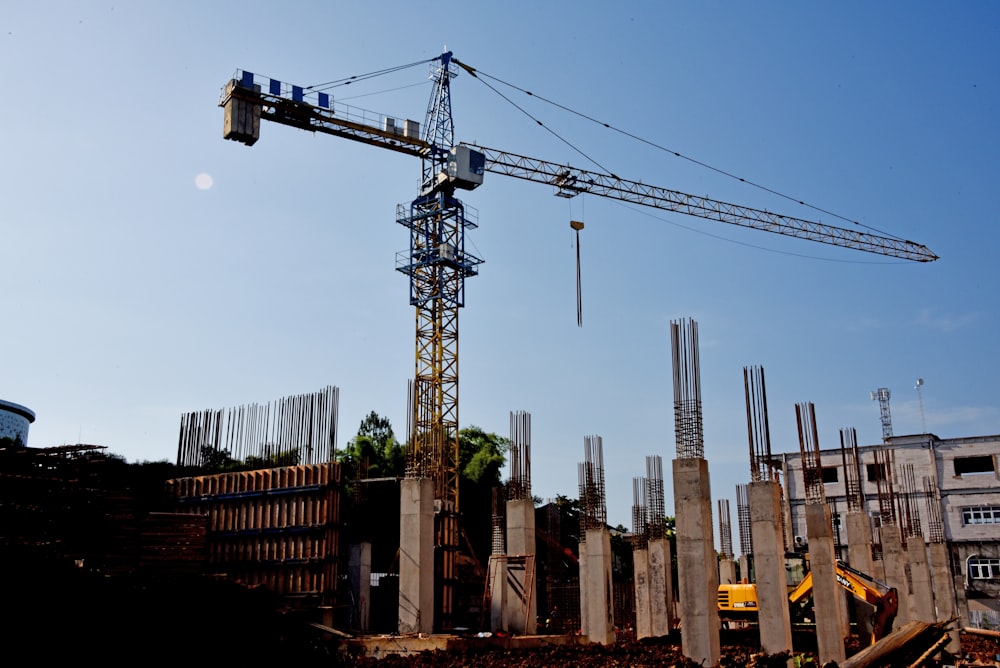Builder Registration: Essential Steps for Construction Compliance
Embarking on a construction project involves more than just hammers and nails. It requires adherence to regulations and standards set forth by governing bodies. Builder registration is a critical component of ensuring compliance and professionalism in the construction industry. Let’s delve into the essential steps for builder registration and why it’s imperative for contractors.
Understanding Builder Registration
Builder registration is a formal process through which construction professionals obtain authorization to operate legally within a jurisdiction. This process typically involves verifying qualifications, licenses, insurance coverage, and adherence to building codes and regulations.
Obtaining Necessary Qualifications
Before applying for builder registration, individuals must ensure they possess the necessary qualifications and credentials required by their jurisdiction. This often includes relevant education, training, apprenticeships, and certifications in construction-related fields.
Securing Licenses and Permits
In addition to qualifications, builders must obtain the appropriate licenses and permits to conduct construction activities lawfully. These permits may vary depending on the type of construction work being performed and the location of the project. It’s essential to research and obtain all required licenses and permits before commencing work.
Acquiring Insurance Coverage
Builders are also typically required to carry adequate insurance coverage to protect themselves, their clients, and their employees in the event of accidents, property damage, or other liabilities. Common types of insurance for builders include general liability insurance, worker’s compensation insurance, and builder’s risk insurance.
Adhering to Building Codes and Regulations
Compliance with building codes and regulations is paramount in the construction industry to ensure the safety, integrity, and quality of structures. Builders must stay informed about local, state, and national building codes and regulations and ensure their projects meet or exceed these standards.
Completing the Registration Process
Once builders have fulfilled all prerequisites, they can proceed with the registration process. This typically involves submitting an application, providing supporting documentation, paying applicable fees, and undergoing any necessary inspections or evaluations.
Maintaining Compliance and Professionalism
Builder registration is not a one-time event but an ongoing commitment to professionalism and compliance. Builders must stay updated on changes to regulations, renew their licenses and permits as required, and uphold high standards of quality and integrity in their work.
Benefits of Builder Registration
Builder registration offers numerous benefits for both contractors and consumers. For contractors, registration provides credibility, enhances marketability, and demonstrates a commitment to professionalism and excellence. For consumers, working with registered builders offers peace of mind, assurance of quality, and recourse in the event of disputes or issues.
Ensuring Consumer Protection
Perhaps most importantly, builder registration helps protect consumers from unscrupulous or incompetent contractors. By requiring builders to meet specific qualifications, standards, and regulations, registration helps safeguard consumers against substandard workmanship, fraud, and negligence.
In conclusion, builder registration is a fundamental aspect of ensuring compliance, professionalism, and consumer protection in the construction industry. By following the essential steps outlined above and obtaining proper registration, builders can demonstrate their commitment to excellence and integrity while providing clients with confidence and peace of mind. For more information on builder registration and compliance, visit builder registration and take the first step towards a successful construction career.




